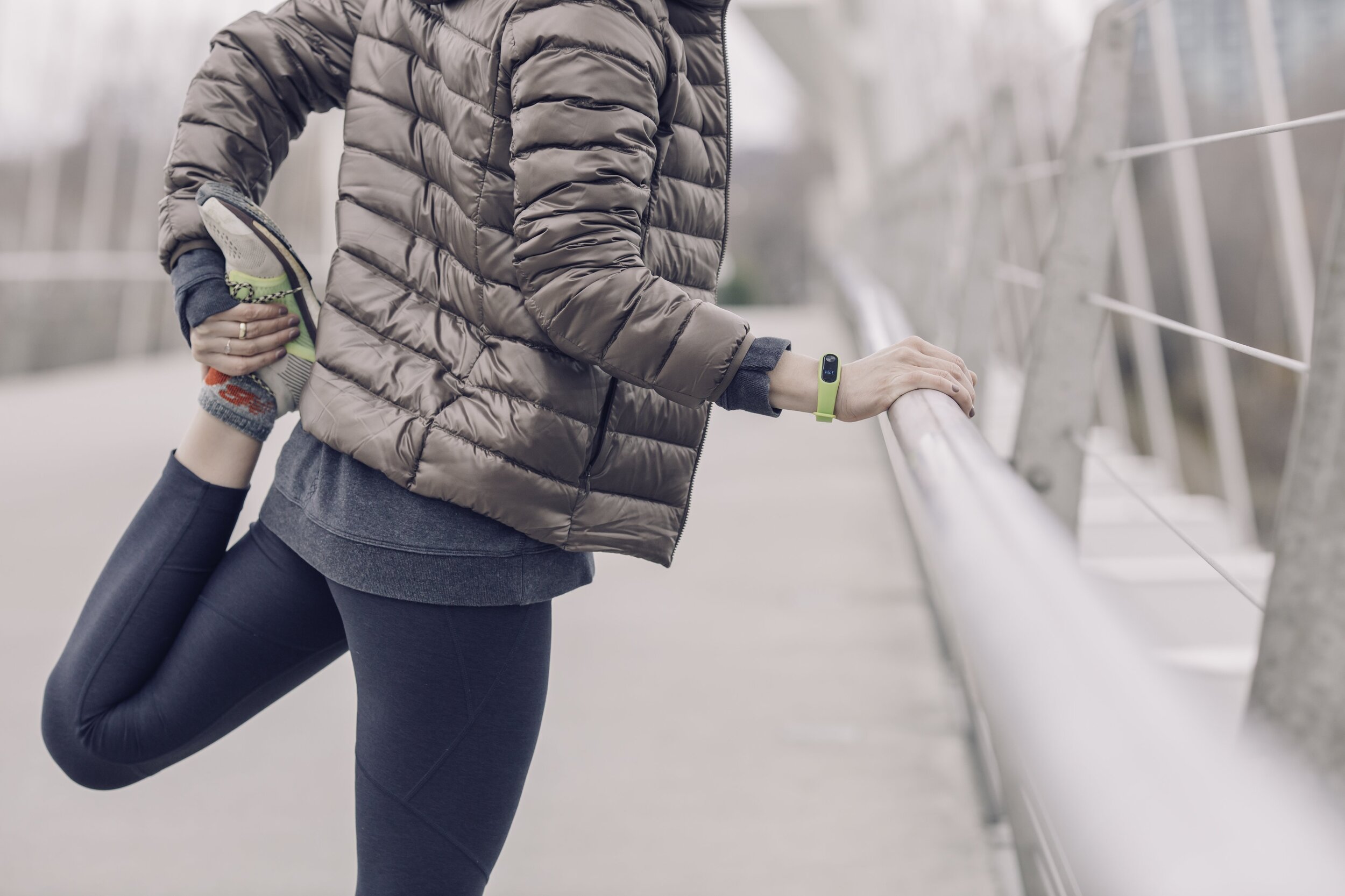Weak areas of the body will show their deficits once there comes a task that the body is not used to—like those last few miles of a marathon. Hamstring injuries and pain are one of the most common complaints among distance runners. This group of muscles plays a vital role in the running cycle, yet many athletes do not prioritize hamstring strength during training. Read on to learn why this muscle group is so vital to the running cycle and how you can keep yours healthy.
Read moreMobility Exercises Every Runner Should Be Doing
If you are a runner, then you have probably been told about how important it is to warm up before heading out for your workout. Some of us get a few stretches in and go straight to the run and others are usually short on time so skip it all together. You have probably heard static stretching, such as a prolonged quad pull, is not a good idea before running. This usually elongates and relaxes your muscles, which is something you do not want when you are getting ready to run fast. Instead, we are told to incorporate dynamic stretching, which is actually a mobility exercise rather than a flexibility exercise.
Having good flexibility means you can passively move your joints and muscles through a wide range of motion—passively meaning ‘in a relaxed state’. Having good mobility, on the other hand, means you can actively move your muscles and joints through a normal range of motion, but with proper form and strength. Many runners incorporate stretching before or after runs to treat or prevent tightness in the muscles, which is common in the hamstrings, hip flexors, and calves for the most part. Although tightness can relieve, the actual joint can remain stiff, causing poor running mechanics, which affects stride length, push-off, and torso rotation. All of these outcomes will create inefficient running limiting you from reaching faster paces, as well as increasing the risk of injury.
Ankle Mobility
It is best to include a 10 to 15-minute mobility warm-up routine before every run. This will assure you are properly warm and ready to hit the road (or trails or track). A good plan is to begin with the lower, smaller joints and work your way up. The following ankle mobility drills will get you ready to push off the ground with your full range of motion and keep your calves from overworking.
Rocking
Forward and backward ankle rocking involves the dorsiflexors and plantarflexors of the ankle. While standing, lift the forefoot and toes as high as you can and rock forward to lift the heels. Continue rocking forward and backward for 15 reps or 30 seconds. Rocking with lateral movements will involve the invertors and evertors of the ankle/foot joint. Lift the inner part of the foot while weight bearing on the outer edge and rock the ankles to switch and weight bear on the inner foot.
Rolling
In a seated or lying position with feet unsupported, roll the ankles making circles in both directions—clockwise and counterclockwise. This is a great exercise to do before getting out of bed in the morning, especially if you have issues such as plantar fasciitis. Besides making circles, you can also try writing out the alphabet with your ankles and toes.
Knee Mobility
Circles
Stiffness in the knees is a common complaint from runners. Mobility exercises can help ease this stiffness and create more efficient running mechanics so that the knees do not bear too much pressure during the run. While standing bend your upper body forward and place your hands on your knees. Rock the knees in small circles in both directions for a maximum of 30 seconds.
Quad Pulls
Just like a regular static quad pull stretch in standing, you can incorporate a dynamic version for mobility. Grab your right foot with your right hand behind your back and hold for two to three seconds. Alternate legs until you reach 30 seconds.
Hip Mobility
Glute Pulls
The hips are probably the biggest problem area for runners when it comes to proper mobility. Hip Stiffness and lack of mobility is the cause of short strides, decreased upward knee drive after push-off, and limited torso rotation. Glute pulls, similar to the quad pulls for the knees, will help mobilize the back side of the hips. While standing, lift your knee to your chest and hug tightly for two to three seconds. Alternates sides for 30 seconds total.
Military March
Tightness in the hamstrings’ connections to the hip and knee joint can cause stiffness that limits stride length and upward knee drive as well. Kick up the right leg as high as you can and reach your left hand to the right foot. Switch kicks for 30 seconds.
The Rest of the Body
The legs aren’t the only parts that need to move while running. The arms and trunk need their proper mobility, as they help propel the body forward and stabilize the hips, respectively. Arm swings are easy to do during your walk towards your starting point. Standing upper trunk rotations for a few seconds mobilizes your hips and spine. Lastly, neck mobility can be incorporated for a few seconds as well such as with clockwise and counterclockwise circles. As mentioned, these warm-up exercises will take 10 to 15 minutes and can also be done at other times during the day. After just a few weeks of consistent mobility work, you will notice the improvements in not only your stiffness but also your running form!




